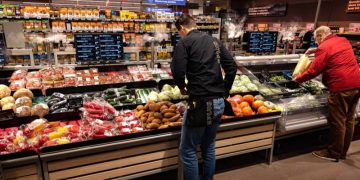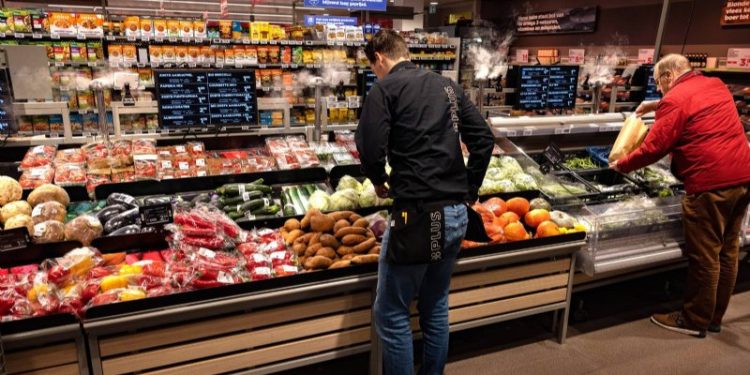In 2022, consumers ate less fruits and vegetables at home, but consumption in the hospitality and food service industry, on the contrary, increased. This is reported by GroentenFruit Huis, based on data from GfK and Foodstep.
After a sharp decline in the corona years of 2020 and 2021, the Dutch returned to eating in restaurants last year. In this segment, this resulted in a 58 percent increase in fruit and vegetable consumption. However, in contrast to this boom, there has been a decline in indoor consumption. This figure was down 3 percent, which meant fruit and vegetable consumption was about the same in 2022 as it was in 2021.
This put an end to the growth of recent years as the Dutch began to consume more fruits and vegetables, especially due to corona. Last year’s consumption was still above the level of 2019, the year before Corona. GroentenFruit Huis notes that there was a difference between vegetables and fruits in 2022, with vegetable consumption up 3 percent while fruit consumption down 3 percent.
Reduced inflation for fruits and vegetables
In the last inflationary year, consumers invested more money in fruits and vegetables. For example, the price of a kilogram of vegetables increased by 7 percent. For a kilogram of fruit, the Dutchman earned 3 percent more than in 2021. As a result, the average price increase for the entire category was 5 percent. This is lower than the average inflation in the Netherlands, which, according to the Central Bureau of Statistics, is about 10 percent.
The number of grocery sets, which contain almost all the ingredients for cooking, has not decreased in 2022. Compared to 2021, sales of this product group increased by 20 percent. The number of buyers increased by 3 percent.
The price of the SPER package decreased by 2 percent. “In this way, packaging offers value for money combined with mental convenience. After all, you, as a consumer, don’t have to think about different ingredients to get a complete meal,” Grüntenfrüth Huys concludes. Last year, sales of transport packages exceeded the limit of 100 million euros and reached 110 million euros.
Stable online sales
The food box was also in vogue in 2022. Consumers ordered 16 percent more of these boxes online. The number of buyers increased by 1 percent. The box price was about 10 percent higher than the previous year. In addition to vegetables and fruits, food boxes contain other food components such as spices, meat, fish, pasta and rice.
Of total fruit and vegetable sales, 7 percent were made online. The share of this sales channel remained stable. Data from GroentenFruit Huis shows that slightly more households are buying fruits and vegetables online. The order quantity has decreased slightly. On the other hand, the price rose by 4 percent. This resulted in a 2 percent increase in sales of fruits and vegetables purchased online.
The GroentenFruit Huis is signaling that households across all income classes were buying fewer fruits and vegetables. “From this we can conclude that the price does play a role in its purchase. The planned reduction of VAT on fruits and vegetables to 0 percent cannot be implemented quickly enough in this regard,” said a spokesman for Zoetermeer House.


































